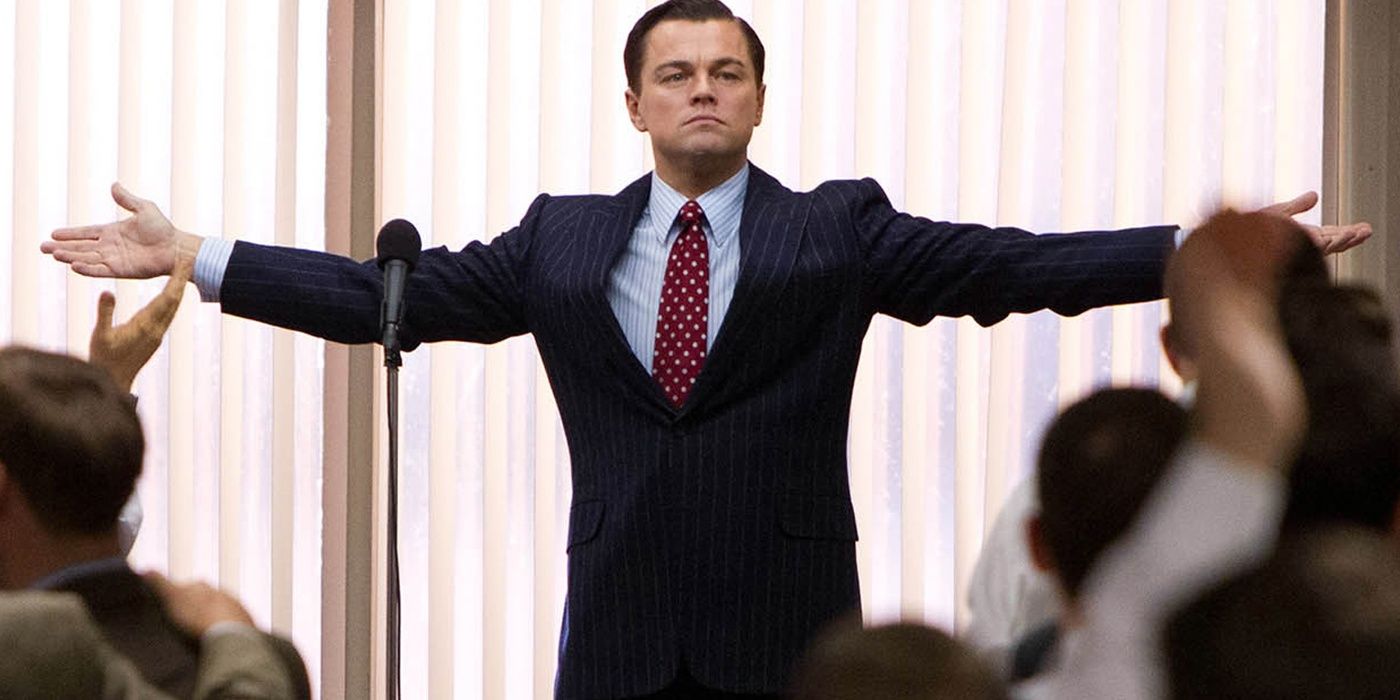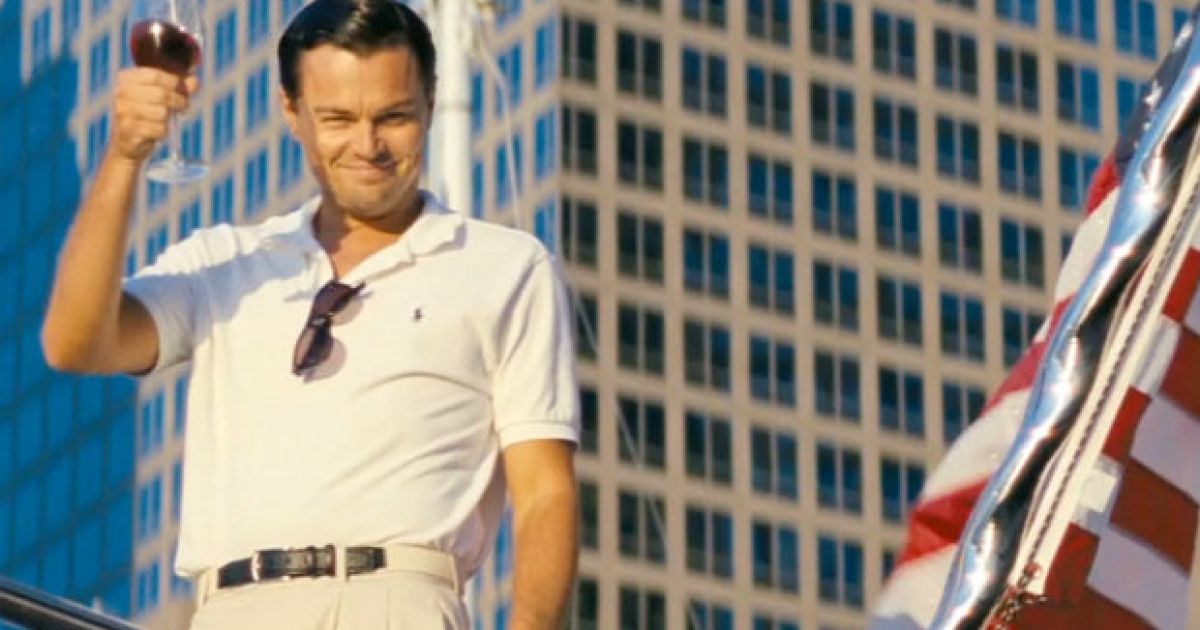

While Martin Scorsese’s new film is a riot onscreen, for the actors, participating in the movie’s madcap scenes was a lot more difficult and involved than audiences might expect. Talking his way out from showing up without a shirt on for an interview at a stock brokerage is no small feat, and provides a glimpse into the innovation and ingenuity that Gardner needed to become the successful entrepreneur he became.The Wolf of Wall Street highlights an upper echelon lifestyle that most citizens will never participate in, set during a time period when excess wealth included women, money, raunchy office parties and plenty of Quaaludes. But this scene where Gardner secures his spot at Dean Witter Reynolds as a stock trainee shows how “on” Gardner could be. The inspirational story of Chris Gardner’s journey from homeless medical device salesman to multimillionaire was nothing but smooth. Alec Baldwin knocks this scene out of the park, describing to the desperate salesmen the fortitude closers require to sell real estate, birthing the salesperson mantra: “ABC: Always Be Closing.” The film adaptation of the Pulitzer Prize-winning play has one of the most iconic sales “motivation” talks in film history. By explaining the repackaging of poorly rated mortgages into CDOs, Jared Vennett correctly expresses the impending doom of the U.S.

Jenga is the game of choice when looking for a parable about the bond rating mess that led to the 2008 U.S.

Gordon Gekko exclaims that he is a liberator of companies and that greed is good, captivating the audience at a shareholder meeting of a company he’s planning on taking over. The movie includes insider trading, wire taps, and stock manipulation-the trifecta of any good finance flick. The iconic movie about M&A features one of the most iconic financial speeches of all time. Wintrop and Valentine use inside information to play the frozen orange juice market by buying at 29 and selling at 142 and bankrupting Duke and Duke at the same time. The final scene of the classic movie about commodities and class struggles gives a glimpse into the nearly extinct world of open outcry markets. Like Tuld says: “Be first, be smarter, or cheat.” After realizing the only way out of the mess is to sell the bad debt to their clients, the debate rages about the ramifications of selling and how the sale will kill both the market and relationships with the buyers. Giving your friends and family the finger and chasing the money is the goal of the prospective workers at the pump and dump firm that’s based on a real firm.ĬEO John Tuld hears the music stop with his company’s mortgage assets when he’s informed volatility could lead to a loss greater than his firm’s current market cap.

Promising one million bucks within three years, the message of working at JT Marlon makes you filthy rich is shoved into prospective brokers faces. The arrogance and I’m better than you that comes with money is center stage for this scene. Peddling penny stocks to investors, Belfort shows the other brokers at Aerotyne the art of the sell. But when Patrick Bateman sees Paul Allen’s card pimped out with a watermark, the psychotic banker nearly loses it.īased on the life of Jordan Belfort, this scene from the Wolf of Wall Street shows the movie’s audience just how gifted the wolf really was at sales. Three bankers compare cards, with fonts, colors and lettering used as ways to one-up each other. The long lost art of being obsessed with business cards is perfectly portrayed in this fourth-wall-breaking classic. From secret boardroom meetings to cornering financial markets, here are nine of our favorite finance movie scenes. But that doesn’t mean financial professionals don’t get a kick out of great actors portraying iconic financial figures. Finance-based movies have given the general public a view into a world they may not have known existed.


 0 kommentar(er)
0 kommentar(er)
